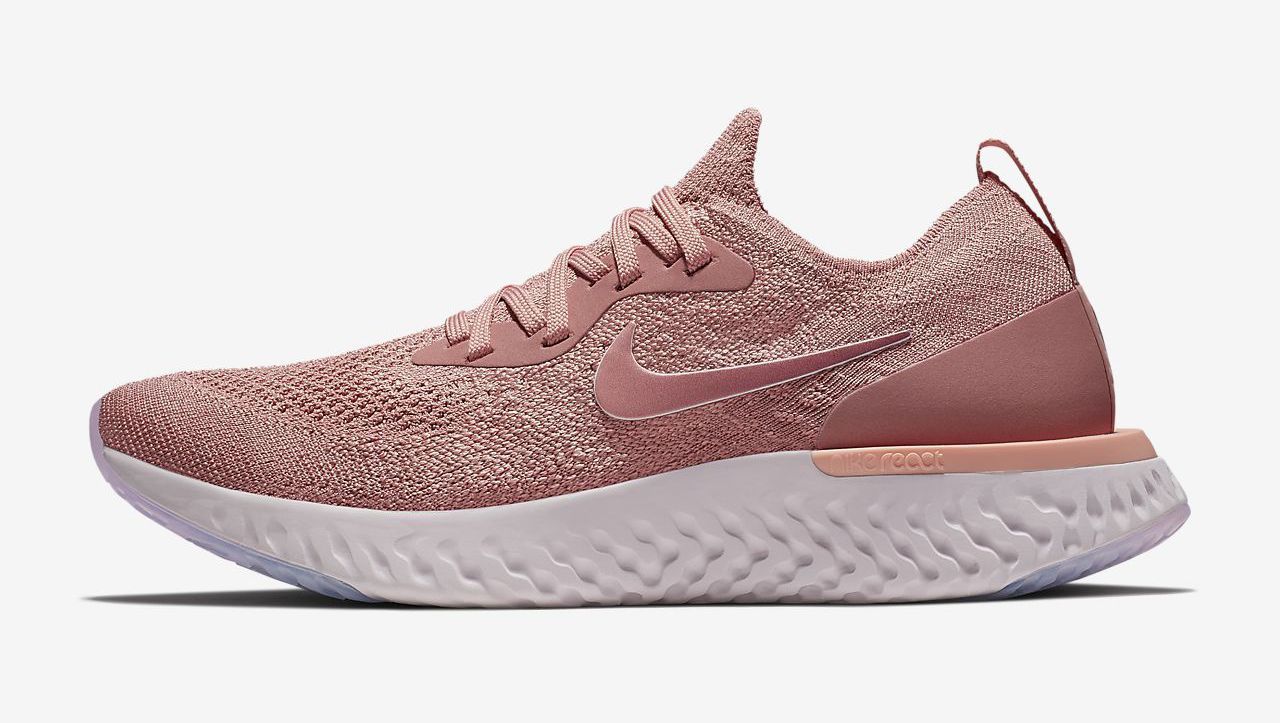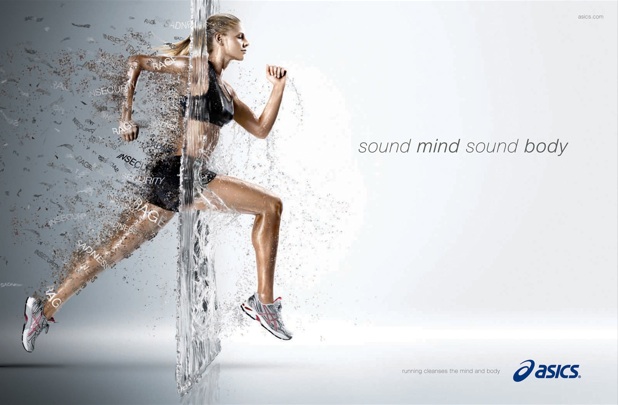

Its first breakthrough came with the release of the Trackster running shoe in 1960, which was designed to fit feet of different widths-a novel idea at the time. The company didn’t make its first pair of sneakers until 1938, but New Balance quickly earned a reputation for high quality. British Journal of Sports Medicine, 48(6), 440-447.New Balance traces its origins back to 1906, when William Riley founded New Balance Arch Company in Boston and began selling arch supports for shoes. (2014) Foot pronation is not associated with increased injury risk in novice runners wearing a neutral shoe: a 1-year prospective cohort study. (1989) Kinematics of the ankle/foot complex – part 2: pronation and supination. Journal of Orthopaedic & Sports Physical Therapy, 14(2), 70-74. (1991) Visual assessment of foot type and relationship of foot type to lower extremity injury. Journal of the American Podiatric Medical Association, 95(3), 235-241.

(2005) Foot type and overuse injury in triathletes. Pronation of the foot, In Wikipedia, The Free Encyclopedia. Baxter’s The Foot and Ankle in Sport, 2nd Edition (ISBN: 978-0323023580) The Anatomy of Sports Injuries, 2nd Edition (ISBN: 978-1623172831) To keep your muscles and tendons flexible and supple, it is important to incorporate stretches that will help to correct your biomechanical inefficiencies and imbalances. If however, your muscles and tendons are tight and stiff, it is quite easy for those muscles and tendons to be pushed beyond their natural range of motion. When muscles and tendons are flexible and supple, they are able to move and perform without being over stretched.


 0 kommentar(er)
0 kommentar(er)
